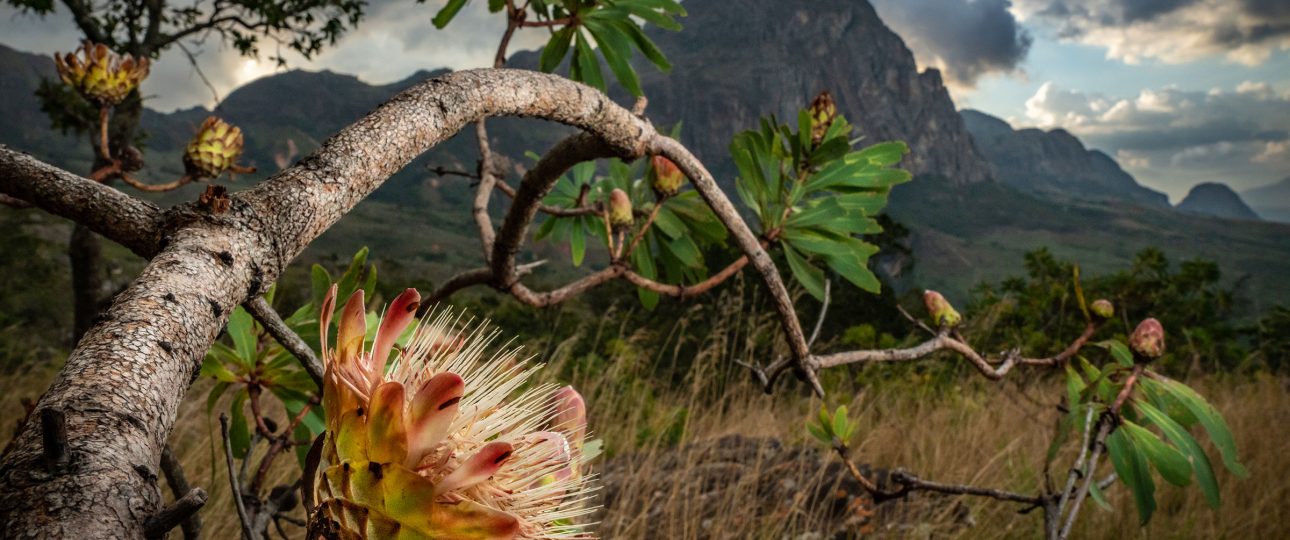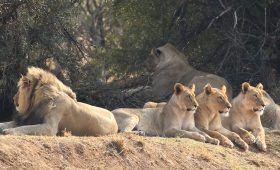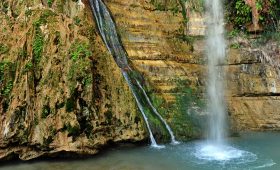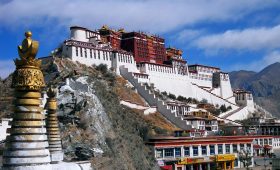Chimanimani National Park: Exploring Zimbabwe’s Eastern Wilderness
Location and Geography
Chimanimani National Park is located in the eastern part of Zimbabwe, near the border with Mozambique. The park is named after the Chimanimani Mountains, a rugged and picturesque mountain range that defines the landscape. The village of Chimanimani lies about 120 kilometers south of Mutare, the provincial capital, and approximately 365 kilometers southeast of Harare. This remote location offers a true escape into nature.
Unique Features
Chimanimani National Park is renowned for its untouched natural beauty. The park’s diverse ecosystems include montane forests, grasslands, and riverine habitats. This variety supports a rich array of wildlife, making it a haven for nature enthusiasts. The park is also famous for its waterfalls, such as the Bridal Veil Falls, which plunges 50 meters down a sheer rock face into a crystal-clear pool. Other notable waterfalls include the Haroni and Mukurupiri Falls.
Flora and Fauna
The park’s flora is incredibly diverse, with numerous plant species, including ancient ferns and vibrant wildflowers. Rare orchids bloom in the spring, adding splashes of color to the landscape. Wildlife in the park includes elephants, buffalos, leopards, and baboons. Birdwatchers will find over 400 bird species, some endemic to the region, making it a birdwatcher’s paradise.
Best Time to Visit
The ideal time to visit Chimanimani National Park is during the dry season, from May to October. During this period, the weather is mild, and the vegetation is less dense, making wildlife easier to spot. The waterfalls are particularly impressive during this time, as the runoff from the rainy season creates stunning cascades.
How to Get There
The closest international airport is Robert Gabriel Mugabe International Airport in Harare. From Harare, you can rent a car and drive to the park or take a domestic flight to Mutare, the nearest city. From Mutare, it’s a 120-kilometer drive to Chimanimani. A 4×4 vehicle is recommended due to the rough and challenging roads leading to the park.
Local Transportation
Within Chimanimani National Park, the best way to explore is on foot. The park offers a network of well-maintained hiking trails suitable for all fitness levels. There are no public transportation options within the park, so arranging your own transportation is essential. Hiring a local guide can enhance your experience with valuable insights about the park.
Accommodation
Chimanimani National Park offers a range of accommodation options, including lodges and campsites. For those seeking a more immersive experience, camping is available in designated areas within the park. This allows you to enjoy the tranquility of the wilderness while staying close to nature.
Safety Tips
When exploring Chimanimani National Park, prioritize safety with these tips:
- Carry enough water and stay hydrated, especially in hot weather.
- Wear appropriate clothing and footwear for hiking.
- Follow park rules and regulations.
- Inform someone about your hiking plans and expected return time.
- Maintain a safe distance from wildlife.
- Use a map and compass or a GPS device to navigate the trails.




